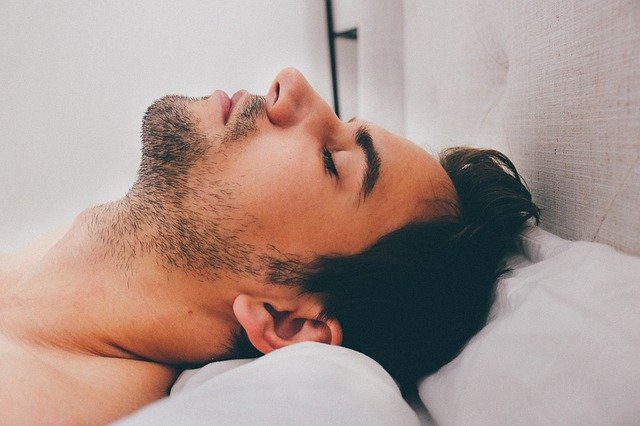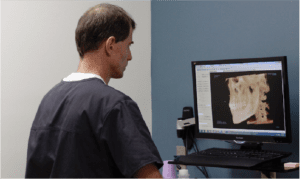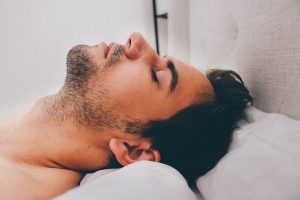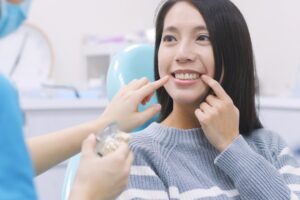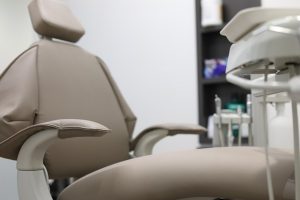Most everyone is familiar with the feeling of anxiety. It strikes at any given moment, and different situations trigger anxiety in different people. Fear and anxiety surrounding oral surgeries is a common one, especially when it comes to being put under for an oral operation. While the risk of anything going awry when you’re in capable hands is slim, anxiety doesn’t really care about the facts.
Thankfully, there are actions that dental surgeons can take to greatly reduce patient anxiety surrounding dental surgery sedation methods. One of those is setting the music and ambiance so it’s conducive to a relaxing environment prior to sedation. Improved patient satisfaction, reduced anxiety, and even potentially faster recovery are just a few of the areas where music and ambiance play a major role in shaping the outcome of the operation.
Relaxing Environments Reduce Patient Nervousness
Dental phobias and feeling stressed about an upcoming oral surgery are super common. But that stress triggers our fight or flight response from the sympathetic nervous system, which makes it more difficult for oral surgery sedatives to do their job. While there are a handful of ways to sedate someone before a dental operation, this agitated state makes sedatives work harder to achieve the same result. Patients who are on edge might experience the following in relation to the dental sedative medications used on them:
- Delayed onset of sedation
- Reduced effectiveness of sedative
- Less predictable patient response
- Increased drug requirements
By using relaxing music and calming environments, surgeons mitigate these effects and keep nervousness at a minimum. Auditory and visual sensory input play a key role in impacting brain activity and emotional states, even when a patient is put under with the use of dental sedatives. Certain sounds and noises have a positive impact on the brain’s amygdala, which causes the release of feel-good chemicals like endorphins and dopamine. Similarly, the lighting of a space has a big impact on things like mood, circadian rhythms, and even perceived safety. In a sense, it’s an all-natural method of aiding in oral surgery that works in tandem with common methods of oral sedation, leading to deeper, more natural relaxation.
Relaxing Sounds to Use in Conjunction with Dental Surgery Sedatives
This method doesn’t work with just any old music. Even if the patient loves it, death metal won’t cause feelings of calm and relaxation prior to an operation. Instead, the music has to have a few qualities to do its thing:
- Tempo and rhythm – Slow and steady tempos at 60-80bpm are most conducive to relaxation.
- Melody – Soothing harmonies work best. Avoid out of place or jarring noises.
- Instrumentation – Genres like classical, ambient, and nature sounds help avoid any other distractions.
By paying attention to these musical qualities, sedatives used to put patients to sleep for dental surgeries work more effectively and promote a state of deep relaxation. The music can even have a masking effect for other noise in the room, like that coming from dental tools.
The Role of Lighting in Aiding Oral Surgery Sedatives
Let’s face it: those bright overhead lights don’t really do much for us. Certain kinds of lighting offer massive benefits when used alongside the sedation methods that are commonly seen. For instance, soft, warm lighting is generally more relaxing than cool, white lighting. Surgeons can even dim the lighting and strategically place the light sources to enhance a patient’s experience with numbing sedatives used in dental surgeries. Done right, the patient experiences visual comfort and reduced glare from bright lights. In some cases, it even feels like a spa with the intentional, relaxing lighting.
If the dental office the surgery takes place in has killer views and loads of natural light pouring in, dentists can take advantage of that too. In tandem with curated music and effective sedatives for oral surgery patients, it’s a highly valued method of reducing anxiety.
It doesn’t stop there, either. Surgeons can even hone in on the other senses like smell and touch with calming natural scents and comfortable dental chairs. By curating a calm sensory environment for their patients, oral surgery practices enhance both the effectiveness of sedatives used in oral operations and patients’ overall experiences.
